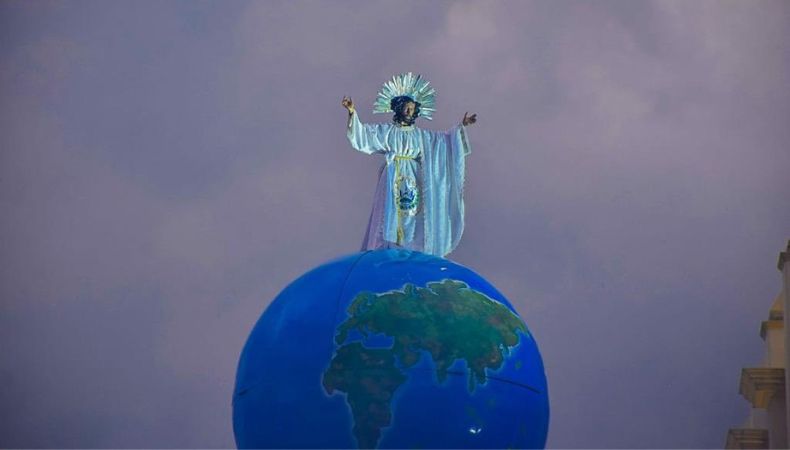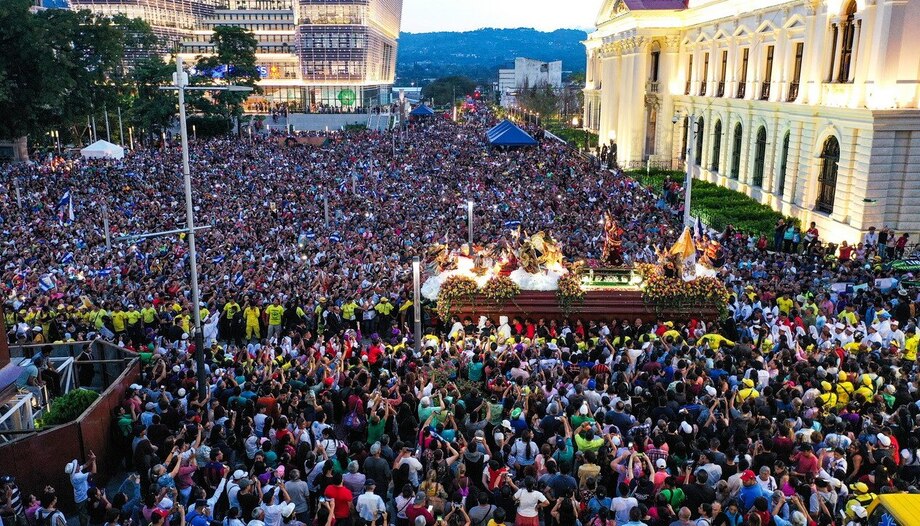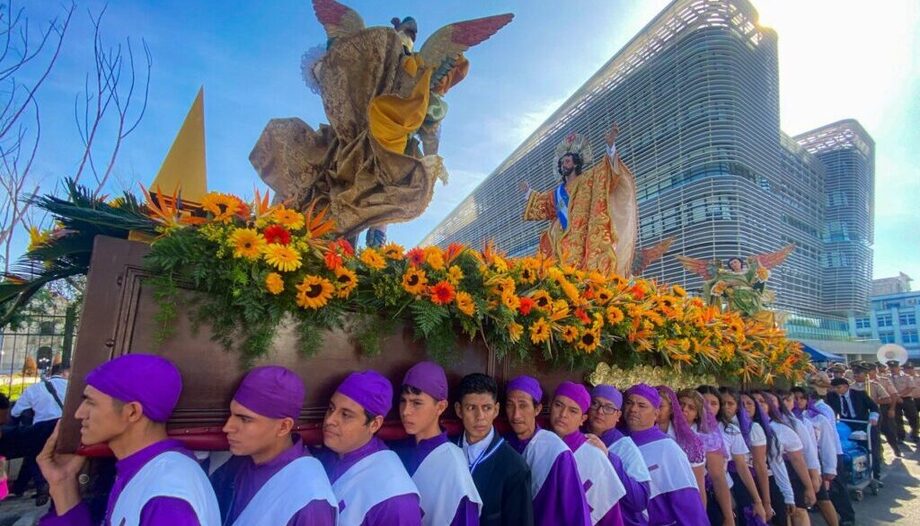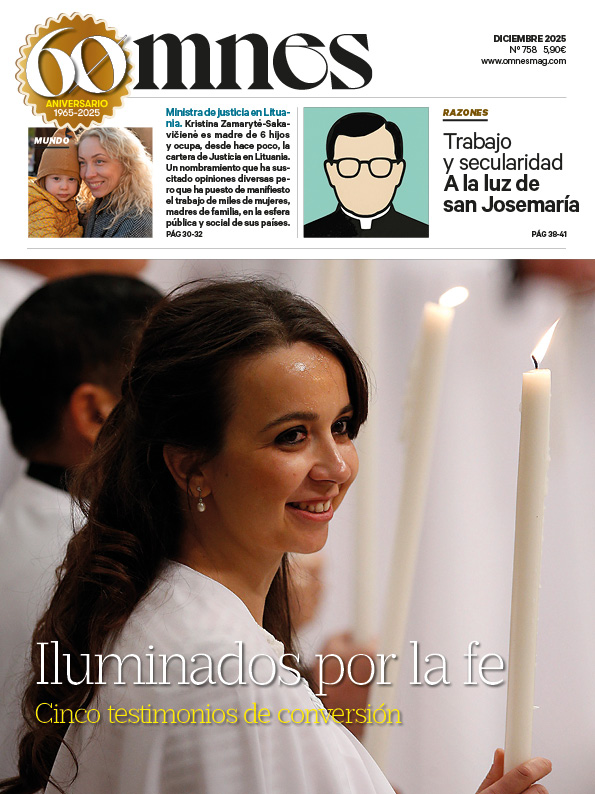The month of August in El Salvador is a period full of unique festive, cultural and religious events. In this small republic, the patron saint festivities are held in honor of the Divine Savior of the World. On August 5, a procession with the image of the patron saint departs from the Basilica of the Sacred Heart of Jesus, traveling through the main streets of the capital until it reaches the metropolitan cathedral of San Salvador. Here, year after year, there is a representation of the Transfiguration. The following day, a solemn Mass is celebrated, presided over by the archbishop and concelebrated by the Salvadoran Episcopal Conferencewith the participation of priests and lay people from all over the country.
According to a chronicle of the XVII century, the feast of the Divine Savior of the World has been celebrated since 1526. At that time, it was commemorated only on August 6 and had a mainly civic character, due to the foundation of the town of San Salvador (1525), by Don Pedro de Alvarado. The celebration included carrying the "royal banner" through the main streets with a lucid accompaniment of knights. However, on some occasions, the festivity was moved to Christmas. For example, President Gerardo Barrios decreed the change on October 25, 1861 because August was the "most rigorous time in the rainy season".

The procession
The image of the Divine Savior of the World, colloquially known as "El colocho" because of his curly hair, was sculpted by the master Silvestre García in 1777. García is credited with the civic and religious character of the celebration, since he organized an annual feast to the patron saint with a novena and jubilee. Previously, at the end of the 16th century, King Philip II had donated an image of the Savior of the World for the procession.
Since 1777, the traditional route of the procession went from the church El Calvario to the Plaza de Armas, where the transfiguration took place. With the construction of the new cathedral in Plaza Barrios, the image was moved there. In 1963, Monsignor Luis Chavez y Gonzalez extended the route from the Sacred Heart Basilica to the Metropolitan Cathedral. However, the "calvareños" protested the modification of their tradition, and the archbishop promised that every August 5 in the morning, the Divine Savior of the World would visit the church of El Calvario, a promise that is kept until today.
The descent
In 1810, in the atrium of the parish church, today El Rosario church, a "great volcano" was built with the image of Jesus Christ on top. This tradition originated the metal monument of 15 meters high that is used for "the descent", on top of which is the globe and on it, the image of the Divine Savior of the World. At a certain moment, the globe opens and the image descends dressed in red to resurface dressed in white.
The nickname "The Descent" has two possible explanations: one of a religious nature, evoking how the disciples of Jesus take his body down from the cross and place it in the tomb, anticipating the Resurrection; and another topographical, since the church El Calvario was located in a higher position than Plaza Libertad, according to the old cadastre of the city.
Each year the patronal feast has a different motto. The 2024 theme is "500 years evangelizing. Jesus Christ is the same yesterday, today and forever", in honor of the 500th anniversary of the first Mass celebrated in Central America on May 12, 1524 in Quetzaltenango, Guatemala.

History and religion of El Salvador
Every August 6, St. Oscar Romero used to offer a pastoral letter in which he addressed the challenges of the Salvadoran Church of the time and made a profound analysis of the most serious problems of the country. For example, in his last exhortation he said: "to call ourselves the Republic of El Salvador and to celebrate the feast of the Transfiguration of the Lord every August 6 is a privilege for Salvadorans. This name, given by Captain Pedro de Alvarado and recalled by Pope Pius XII in 1942, reflects the divine providence that assigns to each people its name, place and mission. To hear every year in the liturgy that our patron saint is the Son of God and that we must listen to him is our most precious historical and religious legacy and the greatest motivation for our hopes as a nation".
The Salvadoran martyr had the ability to integrate in his interpretation of the history of El Salvador a profound religious sense. In the context of the celebration of the 500th anniversary of the first mass in Central America, this capacity is particularly suggestive. It is undeniable that the heritage of faith is deeply linked to the cultural encounter between Europe and America.







